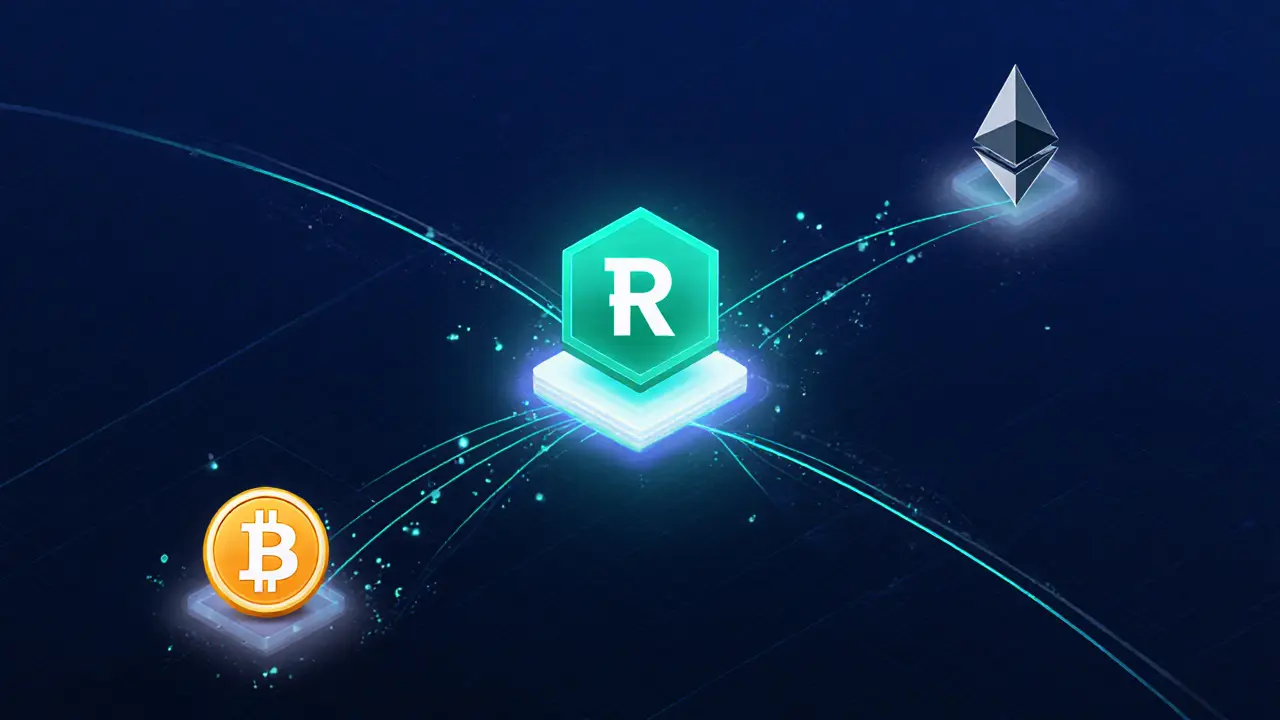Everything You Need to Know About REN Token
When working with REN token, a cross‑chain liquidity protocol that lets users move value between Bitcoin, Ethereum, Binance Smart Chain and other networks without trusting a centralized custodian. Also known as Ren, it powers a suite of decentralized applications and bridges that aim to make the crypto ecosystem more connected.
The core of the system is the cross‑chain bridge, a set of smart contracts and dark‑node operators that lock assets on one chain and mint wrapped equivalents on another. This bridge requires strong cryptographic proofs, so security audits become a must‑have for any project that wants to use REN. Because the bridge works on multiple blockchains, DeFi, decentralized finance platforms that need cheap, fast, and trust‑less asset swaps can tap into REN’s liquidity without exposing users to custodial risk.
Understanding the tokenomics, the supply rules, incentive structures and fee models that drive REN’s value helps you see why the token is often used as a staking collateral for securing the bridge. The total supply is fixed, but a portion is reserved for rewarding node operators, creating a self‑sustaining security loop. When you stake REN, you earn a share of the transaction fees collected across all supported chains, which can make the token attractive for yield‑focused investors.
From a market perspective, most major crypto exchanges, platforms where users trade, deposit and withdraw digital assets list REN because it’s a utility token with real‑world use cases. Listings give the token liquidity, while the exchange APIs let developers integrate bridge functions directly into their wallets or trading bots. This creates a feedback loop: more exchange exposure drives higher usage of the bridge, which in turn boosts demand for REN.
Why the REN ecosystem matters for everyday crypto users
If you’ve ever tried to move Bitcoin onto an Ethereum‑only decentralized app, you know the pain of waiting for a centralized service, paying high fees, or trusting a third party. REN eliminates those pain points by letting you lock Bitcoin on the Bitcoin network and receive an ERC‑20 wrapped version (renBTC) on Ethereum instantly. The same logic applies to other assets – renDOGE, renBCH, and more – making the token a universal gateway for cross‑chain activity.
Regulators are also watching the space closely. Because REN’s bridge does not hold user custody, many jurisdictions treat it differently from traditional custodial services, which can simplify compliance for firms that integrate the protocol. Still, projects need to stay aware of evolving crypto‑licensing rules, especially if they plan to offer REN‑based services in regulated markets.
Below you’ll find a curated list of articles that break down each of these pieces in detail – from deep dives into REN’s tokenomics and security model, to step‑by‑step guides on using the bridge, to the latest regulatory updates that could affect how the protocol is adopted. Whether you’re a developer building a multi‑chain dApp, a trader looking for new arbitrage angles, or just curious about how cross‑chain liquidity works, the resources here will give you practical insight and actionable tips.

What is Ren (REN) crypto coin - Explained
Aug 25, 2025, Posted by Ronan Caverly
Learn what Ren (REN) crypto coin is, how RenVM enables trustless cross‑chain transfers, the role of the REN token, Darknode security, and real‑world use cases.
MORESEARCH HERE
Categories
TAGS
- decentralized exchange
- crypto exchange review
- cryptocurrency
- crypto coin
- CoinMarketCap airdrop
- smart contracts
- tokenomics
- cryptocurrency exchange safety
- crypto exchange
- cryptocurrency airdrop
- crypto airdrop
- cryptocurrency exchange
- crypto airdrop guide
- blockchain token distribution
- DeFi
- crypto exchange scam
- crypto airdrop 2025
- Ethereum
- cross-chain interoperability
- ERC-20
